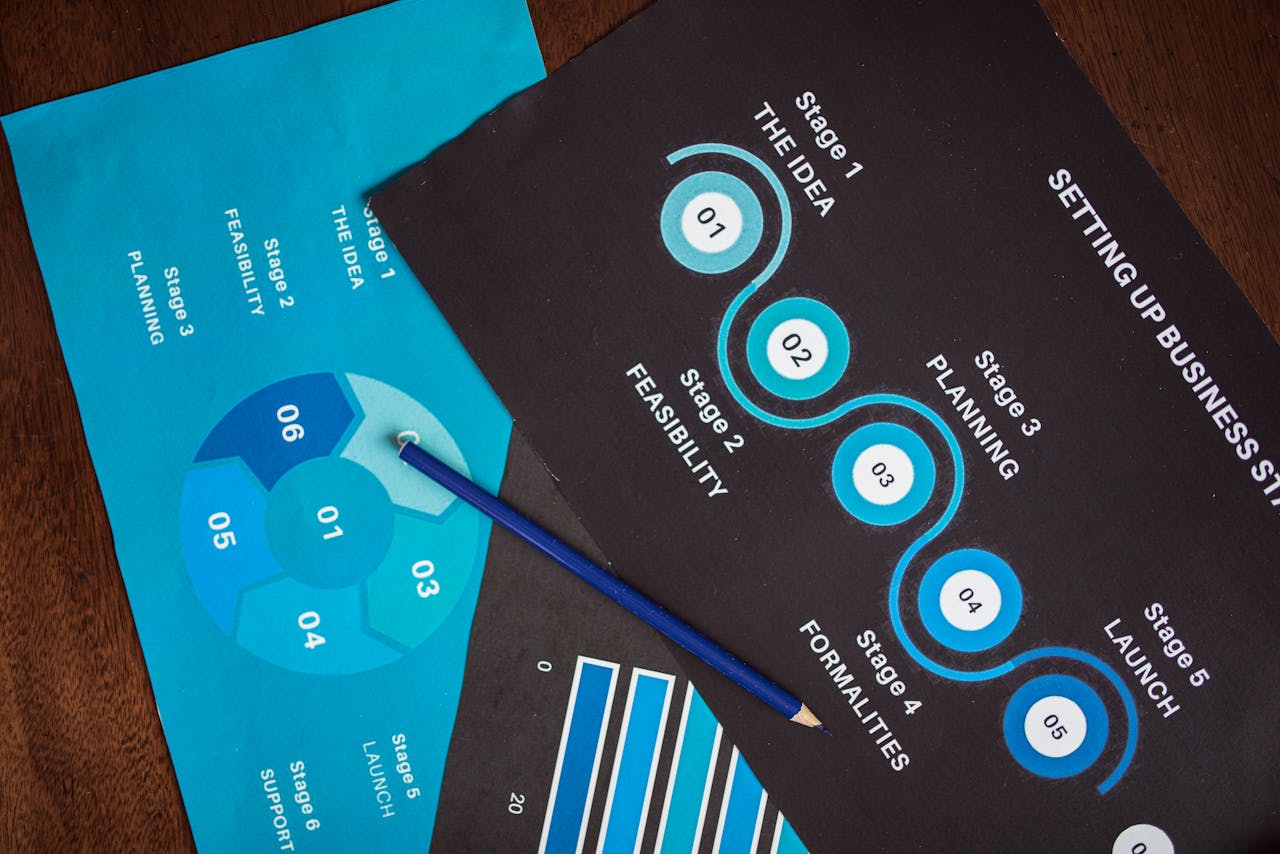The Impact of Spray Chrome on Product Aesthetics In the Automotive Industry
Have you ever wondered why certain cars grab your attention when you see them? It’s not just the model or brand. Often, it’s the sleek, reflective finish that catches your eye.
The automotive industry has always been a place where performance and style collide. Beyond power and functionality, car owners care about how their vehicles look. This is where product aesthetics come into play, and one material that has revolutionized automotive design is spray chrome.
But bear in mind that this spray offers more than just good looks. It’s also durable, cost-effective, and customizable, making it a favorite for manufacturers and car enthusiasts alike.
Want to know more about how this simple tool is revolutionizing car design? Keep reading!
Enhancing Visual Appeal With Reflective Finishes
One key reason spray chrome is so popular in the automotive industry is its ability to create highly reflective surfaces. Unlike traditional chrome plating, which involves a more complex and time-consuming process, spray chrome can be applied quickly and offers the same mirror-like finish.
This highly polished look immediately elevates the visual appeal of any vehicle, making it stand out on the road. The reflective quality of this spray isn’t just about aesthetics—it also allows for a variety of color customization. You can achieve a chrome finish in almost any shade, from classic silver to bold reds and blues.
This flexibility makes it ideal for both car manufacturers aiming to create signature looks and individuals wanting to customize their vehicles with a unique finish.
Boosting the Durability of the Product
Spray chrome does more than just enhance the appearance of a vehicle—it significantly boosts its durability as well. Patented spray chrome products like Cosmichrome are designed to last years without yellowing, ensuring the finish remains vibrant and reflective over time.
This long-lasting durability makes this product a reliable option for car manufacturers and owners who want both beauty and strength in their vehicles. Additionally, this spray is UV protected, meaning it resists fading and damage caused by prolonged exposure to sunlight.
This added layer of protection ensures that the finish stays intact, even in harsh outdoor conditions. This product is a top choice in the automotive industry for anyone looking to balance aesthetics with longevity.
Affordable Alternative to Traditional Chrome
The traditional process involves electroplating, which is not only expensive but also requires a great deal of time and specialized equipment. Spray chrome, on the other hand, offers a similar aesthetic result at a fraction of the cost.
Because this product can be applied in a shorter amount of time and with less equipment, manufacturers save on labor and material costs. This affordability doesn’t compromise quality, either—spray chrome delivers the same high-end finish that many car owners and manufacturers desire without the hefty price tag.
For businesses in the automotive industry, this means they can enhance their products’ appearance while keeping production costs in check.
Customization Opportunities for Designers and Enthusiasts
Customization has become a major trend in the automotive world, with many car owners seeking ways to make their vehicles stand out. The spray provides nearly endless possibilities for customization. Whether it’s adding chrome accents to specific areas like the rims or giving the entire car a glossy makeover, this product allows for creative freedom.
Designers can experiment with different finishes, colors, and textures to create unique looks that resonate with both the brand and individual buyers. Car enthusiasts who enjoy modifying their vehicles can connect with the service providers and discuss their desired results.
This versatility opens up new avenues for creativity, making it easier than ever to personalize a vehicle’s appearance.
A Greener Option for Manufacturers
Sustainability is a growing concern across all industries, and the automotive sector is no exception. Traditional chrome plating is notorious for using toxic chemicals like hexavalent chromium, which poses serious environmental and health risks.
In contrast, spray chrome is a safer and more environmentally friendly alternative. The application process doesn’t rely on hazardous chemicals, and it produces significantly less waste.
Manufacturers that prioritize green practices can benefit from adopting spray, as it reduces their environmental footprint while still delivering the premium look that consumers demand.
To Sum It All Up
In the fast-paced automotive industry, where aesthetics play a huge role in a vehicle’s appeal, spray chrome is a game-changer. It offers more than just a shiny surface—it provides durability, cost-effectiveness, and endless customization options. The reflective, sleek finish instantly enhances a car’s visual appeal, while its long-lasting properties make it practical for everyday use. It is undoubtedly setting new standards in the automotive world.





